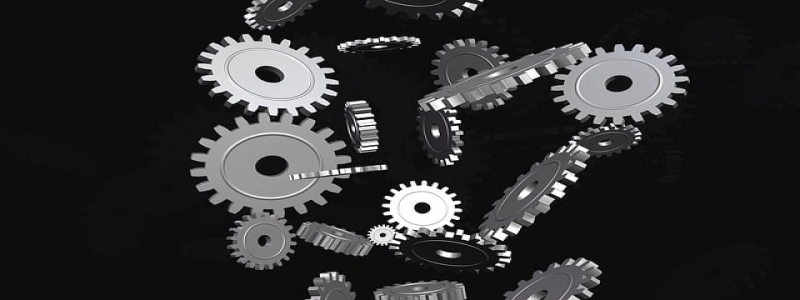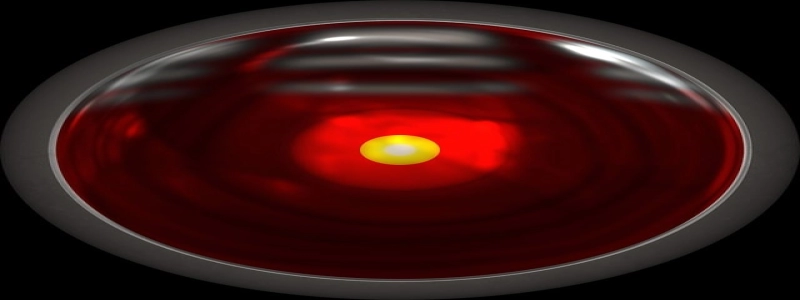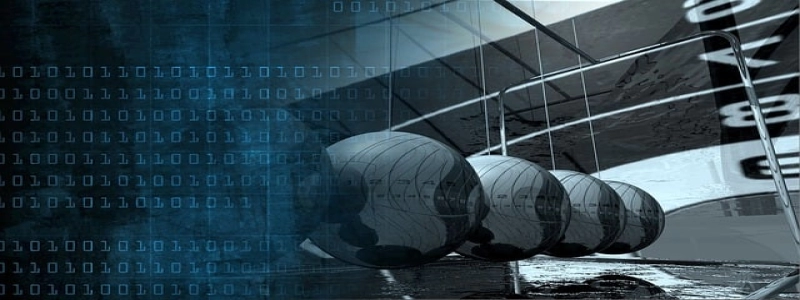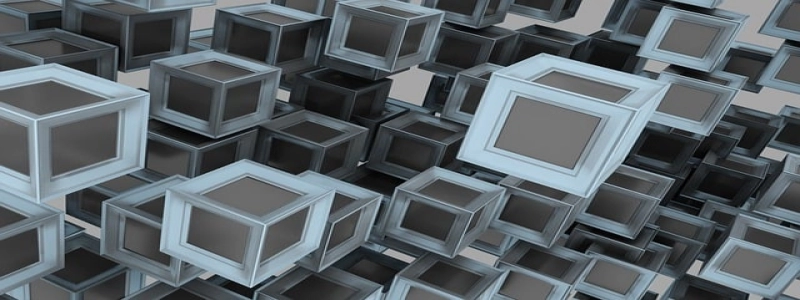Flat Drop Fiber Optic Cable
I. Introduction to Flat Drop Fiber Optic Cable
A. Definition and Use
B. Advantages of Flat Drop Fiber Optic Cable
II. Design and Structure of Flat Drop Fiber Optic Cable
A. Outer Jacket Material
B. Inner Components and Coatings
C. Width and Thickness
III. Installation and Deployment of Flat Drop Fiber Optic Cable
A. Pre-Installation Considerations
B. Installation Methods
C. Key Installation Tools and Equipment
IV. Benefits of Flat Drop Fiber Optic Cable
A. Enhanced Flexibility
B. Easy Installation and Maintenance
C. Space-Saving Design
V. Applications of Flat Drop Fiber Optic Cable
A. Residential Broadband Connections
B. Indoor and Outdoor LANs
C. Last-Mile Connectivity in Rural Areas
VI. Conclusion
I. Introduction to Flat Drop Fiber Optic Cable
Flat Drop Fiber Optic Cable is a type of cable widely used for last-mile connectivity and other applications. This article will explore the design, installation, benefits, and applications of this innovative optical cable.
A. Definition and Use
Flat Drop Fiber Optic Cable, commonly known as flat drop cable or flat cable, is an optical cable that consists of one or multiple fibers enclosed within a flat, ribbon-like sheath. It is primarily used for connecting optical network terminals (ONTs) to the end-users’ premises in various telecommunications and broadband applications.
B. Advantages of Flat Drop Fiber Optic Cable
Flat Drop Fiber Optic Cable offers several advantages over traditional round cables. Its flat design allows for easy installation and deployment in tight spaces and along walls. The cable’s superior flexibility and reduced weight enable easier handling and manipulation during installation.
II. Design and Structure of Flat Drop Fiber Optic Cable
A. Outer Jacket Material
The outer jacket of flat drop fiber optic cables is typically made of flame retardant and UV-resistant materials. This ensures that the cable can be safely installed both indoors and outdoors without being affected by external environmental factors.
B. Inner Components and Coatings
Flat drop fiber optic cables consist of one or multiple optical fibers, which are enclosed in protective coatings such as aramid yarn and water-blocking gel. These components provide mechanical and moisture resistance, ensuring the longevity and reliability of the cable.
C. Width and Thickness
Flat drop fiber optic cables are designed to have a slim and flat profile, with a width and thickness that are significantly smaller than traditional round cables. This compact design allows for easy installation in narrow spaces, under carpets, or along baseboards, without causing any inconvenience to end-users.
III. Installation and Deployment of Flat Drop Fiber Optic Cable
A. Pre-Installation Considerations
Before installing flat drop fiber optic cable, it is essential to assess the route and identify potential obstacles or hazards. This will help in planning the cable pathway and determining the necessary tools and equipment for successful installation.
B. Installation Methods
Flat drop fiber optic cable can be installed using various methods, including aerial, underground, and direct burial techniques. The chosen method depends on the specific application requirements and environmental conditions. It is crucial to follow industry best practices and guidelines to ensure proper installation and optimal performance.
C. Key Installation Tools and Equipment
During the installation process, certain tools and equipment are required. These may include cable pulling grips, duct rodders, duct cutters, cable blowing machines, fusion splicers, and termination kits. Using appropriate tools and equipment will help achieve a smooth and efficient installation of the flat drop fiber optic cable.
IV. Benefits of Flat Drop Fiber Optic Cable
A. Enhanced Flexibility
The flat design of this cable allows for increased flexibility and easy bending around corners and edges. It eliminates the need for excessive splicing or connectorization, reducing installation time and costs.
B. Easy Installation and Maintenance
Flat drop fiber optic cable can be quickly and easily installed because of its pliable nature and compact size. Its flat profile enables seamless integration into existing infrastructure, making it an ideal choice for upgrading networks or expanding connectivity. Additionally, maintenance tasks such as troubleshooting and repairs are more accessible with flat drop cables.
C. Space-Saving Design
The slim and flat profile of flat drop fiber optic cable reduces the physical footprint required for installation. This is particularly advantageous in congested areas, small apartments, or multi-dwelling units where space is limited. The efficient use of space allows for better cable management and a tidier installation.
V. Applications of Flat Drop Fiber Optic Cable
A. Residential Broadband Connections
Flat drop fiber optic cable is commonly used in residential broadband connections. It enables high-speed internet connectivity directly to homes, ensuring reliable and fast internet access for everyday applications such as streaming, gaming, and video conferencing.
B. Indoor and Outdoor LANs
Flat drop fiber optic cable is also suitable for establishing local area networks (LANs) in both indoor and outdoor environments. It provides a stable and efficient data transmission medium for connecting various devices, such as computers, printers, and switches.
C. Last-Mile Connectivity in Rural Areas
In rural areas where traditional infrastructure is limited or costly to install, flat drop fiber optic cable offers a viable solution for providing last-mile connectivity. Its easy installation and flexible deployment make it an ideal choice to bridge the digital divide and ensure equal access to high-speed internet services.
VI. Conclusion
Flat Drop Fiber Optic Cable is a versatile and reliable solution for a wide range of fiber optic network deployments. Its flat design, easy installation, and space-saving characteristics make it an excellent choice for last-mile connectivity in residential, commercial, and rural areas. As technology continues to advance and the demand for high-speed internet grows, flat drop fiber optic cables will continue to play a crucial role in connecting people worldwide.








